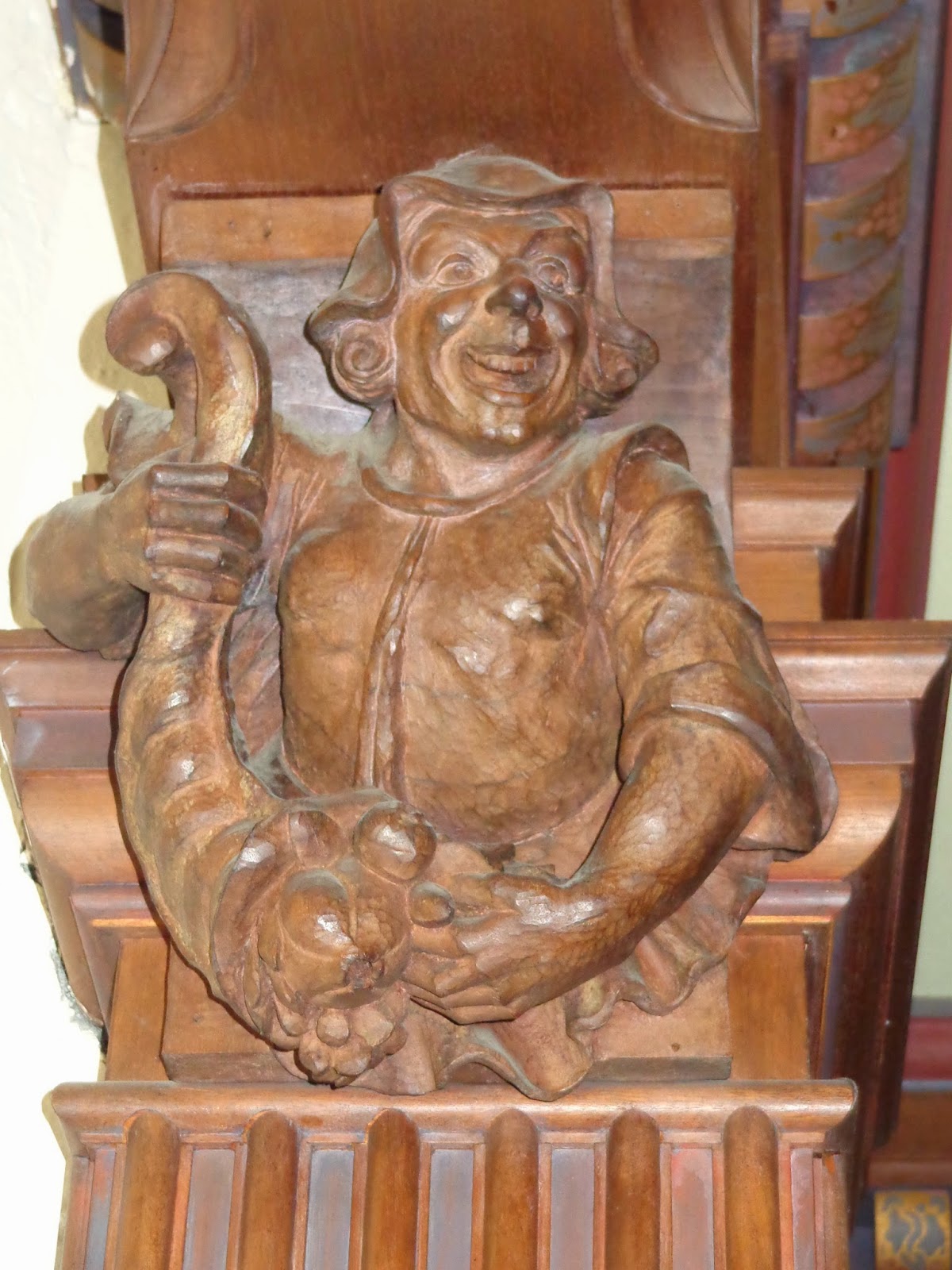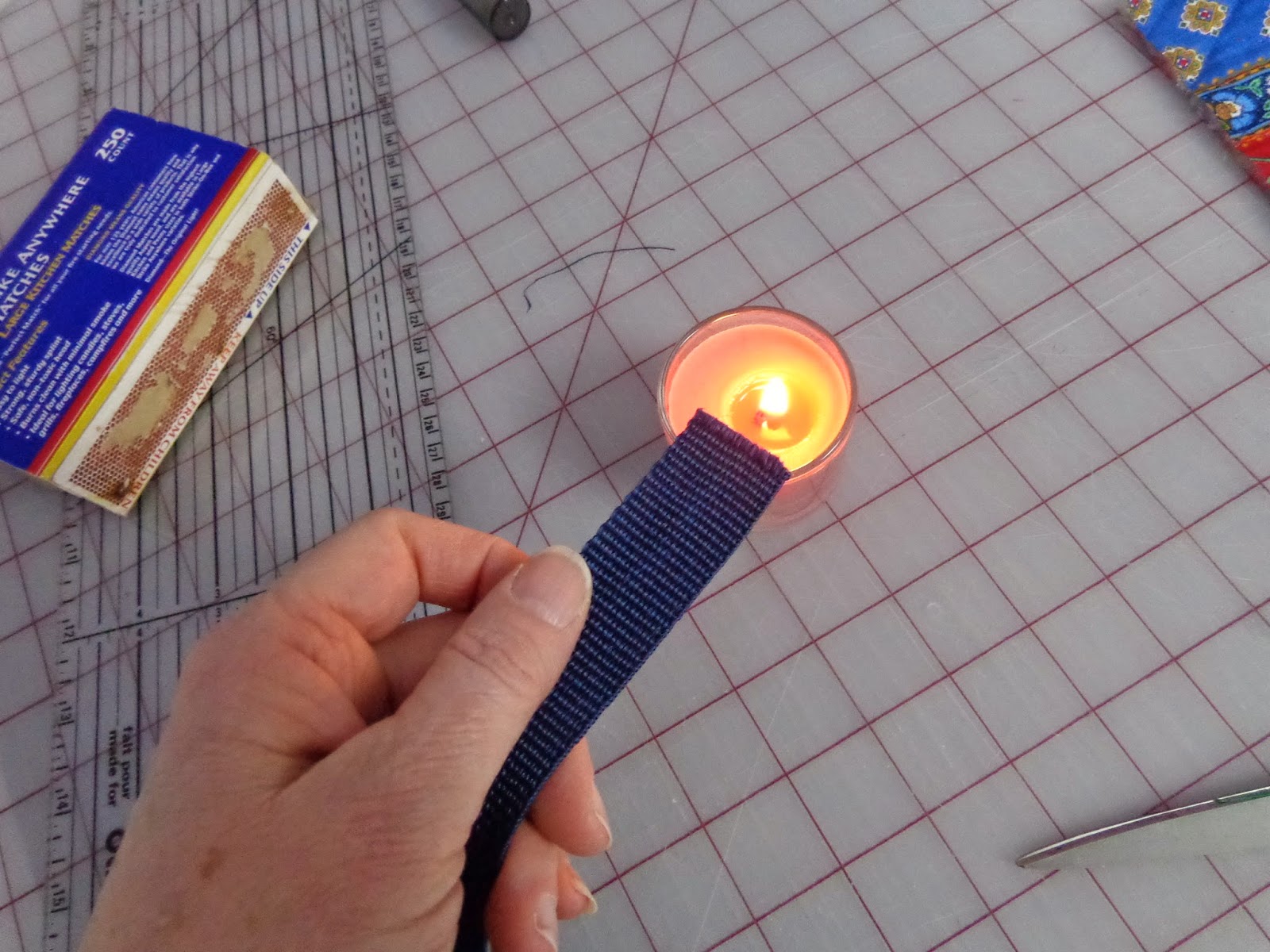But now in mid-August, the bounty of my garden and local farms is amazing, and I find myself following my mother's and grandmother's footsteps to the kitchen to can or freeze the fruits and vegetables that are in season.
 |
| One day's harvest from my garden. |
to this:
Radishes were first to be harvested, followed shortly by green beans. There were a lot of beans!! By the third time I'd picked, I had so many that we decided to can them.
Canning beans is not difficult...no brines or seasonings required. But you must have a pressure cooker/canner in order to seal the jars properly. With my d.h.'s help, we canned five pint jars in an evening. A small batch for sure, but the right amount for my pressure canner, plus we will eat these in the fall and winter -- no waste.
The Juliette tomatoes are going wild -- I've never seen a tomato plant this large before! It has grown out of the top of our 6' 'squirrel' cage, and over the top of the re-purposed cast iron clothing rack that I use to tie them up. I finally had to cut back some of the branches because they were casting shade on the other plants.
Luckily, that meant picking my first tomato of the season on July 4th -- my mother's gold star date for the first tomato! While my son eats these like grapes, we have so many that I have given tomatoes away. Pretty soon I will be canning them, simply because I can't keep up with the harvest.
In the meantime, local farmers are having a good year, too. I made it out to Highland Orchards (www.highlandorchards.net) in West Chester, Pa., to pick black raspberries the first week of July. The season for my favorite jelly-making fruit is very short -- about a week or two, but I picked plenty! I brought them home, juiced them and froze the juice. When I run out of jelly, I'll pull juice from the freezer and make a new batch.
I've also been hitting up the local farmer's market for corn, blue berries and blackberries to eat.
 |
| The humble Lodi apple. |
My mother always made applesauce, favoring the 'early, green' apples of July. I finally found out the name of the apples she liked: Lodi. This apple variety was introduced in 1924 in upstate New York, a cross between a Montgomery and a Yellow Transparent. The trees grow about 10-25 feet tall, making it a bit easier to pick than some varieties. It's tart, cooks down quickly and makes delicious applesauce.

We bought a half-bushel of apples (that was about 55 apples, but I set 10 aside for a pie). Like any project, it helps to have the right tools. For applesauce, this includes an apple slicer/corer, a cutting board, a potato ricer*, large (6 quart) pans, a large bowl (or in my case, the top to my Tupperware cake carrier), and containers for the finished product.
 |
| Potato Ricers consist of a cone-shaped sieve, a pestle and a stand. Look for them at old-time hardware or cooking stores. |
Fill the kitchen sink with clean water, and dump in the apples to wash them. One by one, use the apple slicer/corer to cut the apples. Discard the cores. Notice I didn't tell you to peel the apples -- no need to! You'll see.
Fill your pan/s with apples and add about 1 cup of water. (For my half-bushel, I cooked the apples in four batches.) Cover and place on the stove on medium-high heat until the water boils, then lower the heat and simmer the apples for about 8-10 minutes, stirring frequently. As the apples cook, the will begin to fall apart and get mushy. When no single slice of apple still holds its shape, remove the pan from the heat and let the apples cool for about 5 minutes.
While the apples are cooking, wash the containers in warm, soapy water, rinse well and dry.
Set the potato ricer over a large bowl. Spoon or pour about 1/2 of the pan of apples into the ricer at a time, using the pestle to push the sauce through the sieve.
When all of the sauce has been removed, all that is left are the skins and a few seeds. Use a rubber scraper to discard this from the ricer. Repeat until all of the apples have been cooked and run through the ricer.
 |
| The ricer separates the applesauce from the peels and seeds. |
Ladle the applesauce into the prepared containers. Be sure to leave 'head' space to allow the frozen applesauce room to expand. Seal each container, label and date it, and place all of them in the freezer. Enjoy for the next year or so.
A half-bushel of apples yielded 27 cups of applesauce. I used 2-cup plastic Rubbermaid containers, plus a few assorted 2- and 1-cup plastic containers from the cabinet.
If you don't have a large freezer, it is possible to can applesauce so it is shelf-stable. You will need a boiling water canner (not a pressure cooker), glass canning jars and lids/rings. I found some great instructions here: http://www.freshpreserving.com/recipes/applesauce
I grew up eating my mother's applesauce, and so did my nieces and nephews. When they were here for a visit last year, they nearly had a fight over who would get to take some home from my freezer! (That was after they each got 2 jars of Black Raspberry jelly, another of Grandma's favorites).
*P.S. If you don't have a potato ricer, don't fret -- you can still make applesauce. You simply have to peel and core every apple before you begin cooking. Let each batch of apples cook a full 10-15 minutes, and use a potato masher or a dinner fork to smash up any apple slices that are still holding their shape. Transfer apples to a large bowl, and stir well until the sauce has an even consistency.
And another note: my applesauce is pale yellow-green. If you use red apples and don't peel them, your applesauce will be light pink...your kids will think it's weird, but it still tastes yummy!! Or peel the apples to make pale yellow sauce. It's that easy!





















































